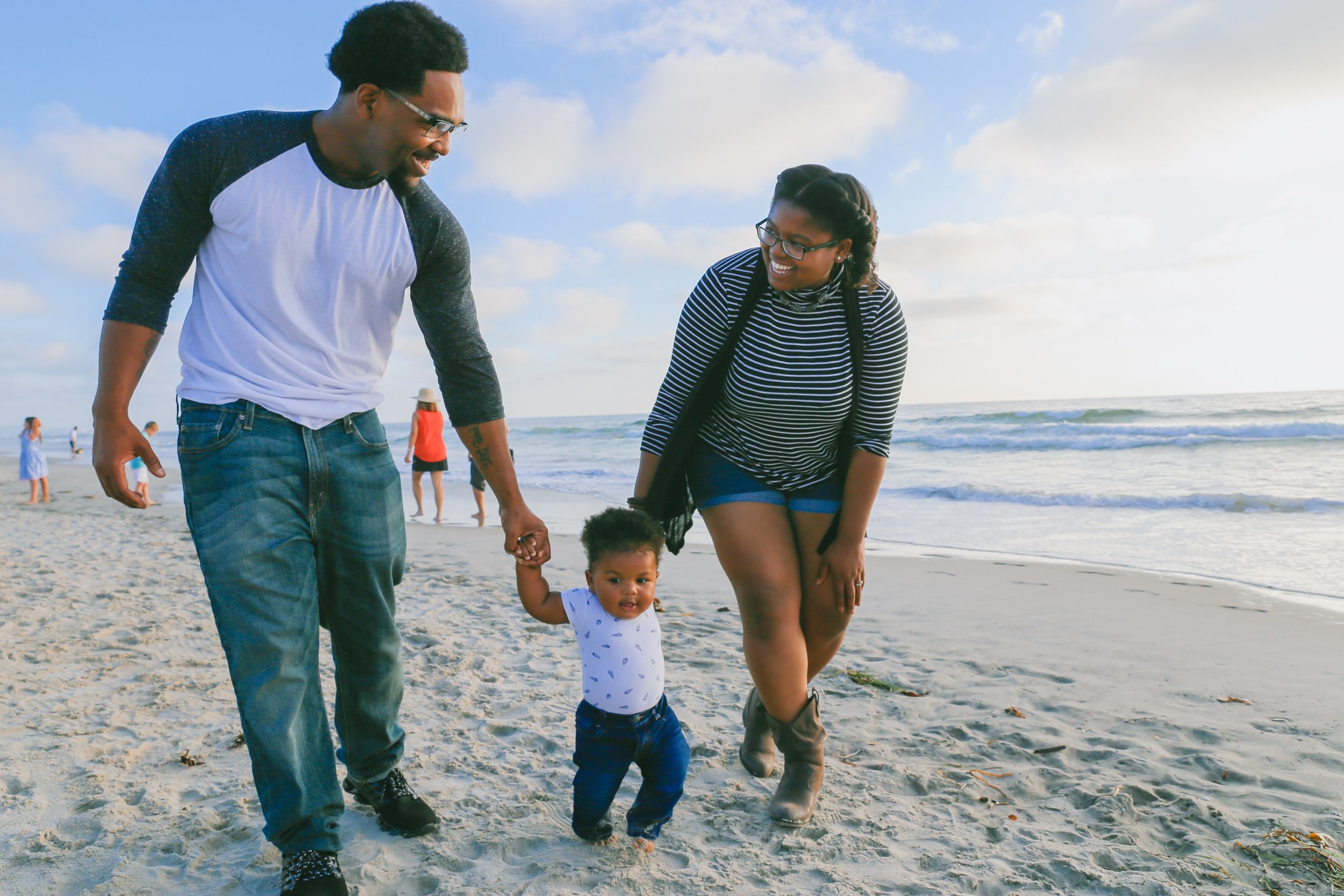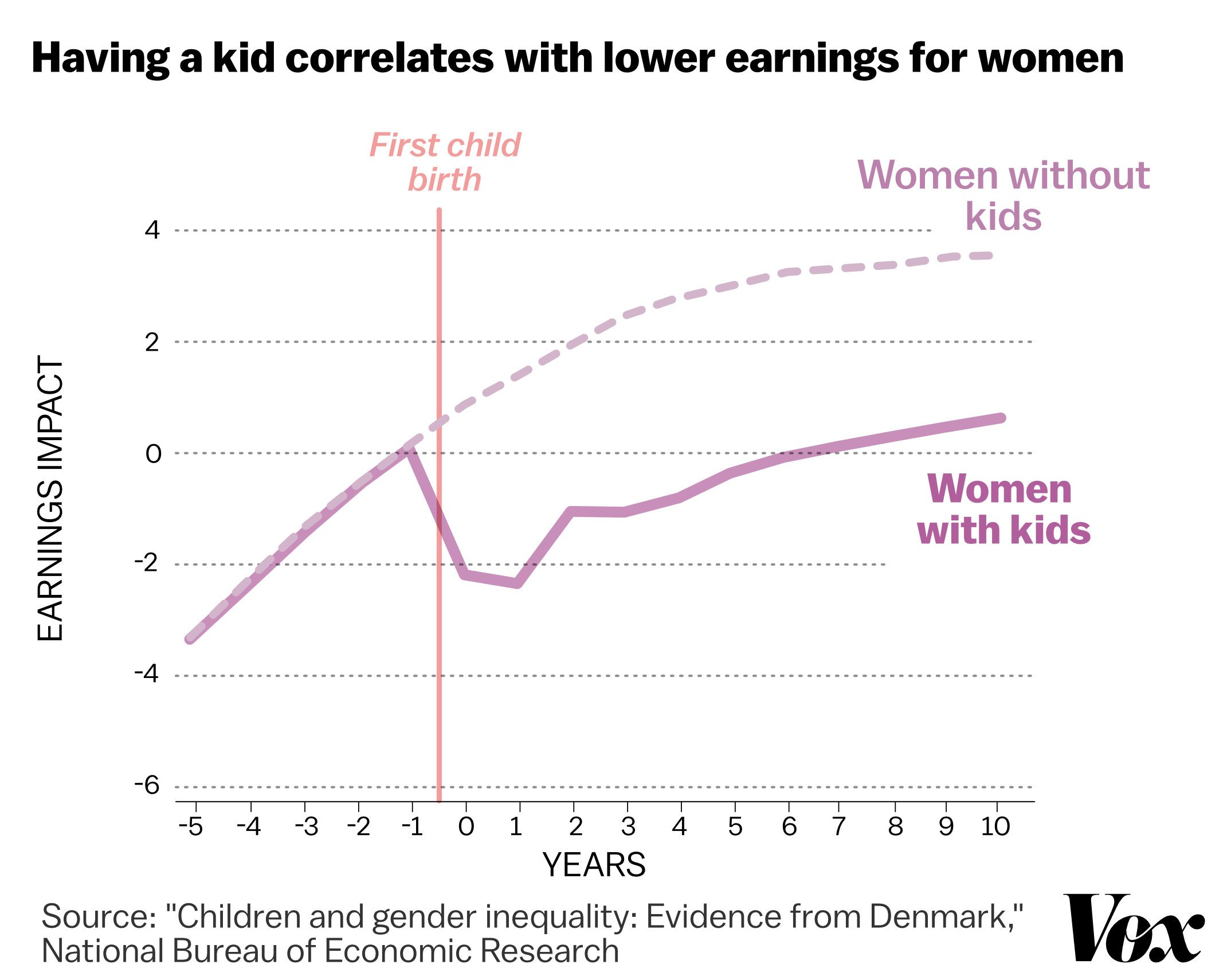The Evolving Role of Fatherhood
Family roles are changing, with moms being more engaged in the work force than ever before, while dads are picking up more responsibilities at home.
Being a dad in the 2020’s is a decidedly different challenge than at any time in modern history. While men are still the primary members of the workforce, women are making gains that are both welcome and long overdue, while also being potentially destabilizing for the family. Its taken generations for western societies to come to grips with the reality that women are equally well suited to earning a living wage as men, but in recent decades this shift has had pronounced effects on our society and the families that constitute it. In time we can expect these changes to be a net positive for the society at large, but at the moment there is often turbulence when viewed at the granular, individual family level. Coming to the rescue is often dads taking on roles that their fathers before them felt was not their job.
The Data is Clear
Recent data about working Americans shows that while the rate of American women entering the workforce has leveled off recently, and even decreased slightly since COVID19 changed the economy in numerous ways, zooming out to the longer view, we can see that women’s participation in the workplace has been increasing steadily since the turn of the 20th century.
As anyone who works a full time job can attest, its hard to balance the needs of a family with the requirements of building a career. Time and space are limiting, and one can often only truly succeed at one task at a time. This means that while women absorb the potential for career advancement, they are necessarily leaving some slack in the child care department that someone has to take up. While that can be child care services like nannies and daycare, often the price of these services are out of reach or unsustainable.
The World Bank shows women’s participation in the workforce in the US since 1990
In addition to an increased participation in the work force today, we can extrapolate from both past trends, as well as current trends in work preparation metrics like college attendance and completion that this trend of increasing women participating in the workforce will only increase as time goes on. This bodes well for our society as a whole, since gender parity and equal access to professional opportunity is a hallmark of a healthy and progressive society, but time will tell what kind of effects this will have on families and their ability to cope with child care along with the stress and time management issues of two-career households.
The UN’s Women’s Organization puts it clearly: “When more women work, economies grow. Women’s economic empowerment boosts productivity, increases economic diversification and income equality in addition to other positive development outcomes. For example, increasing the female employment rates in OECD countries to match that of Sweden, could boost GDP by over USD 6 trillion, recognizing, however, that. growth does not automatically lead to a reduction in gender-based inequality. Conversely, it is estimated that gender gaps cost the economy some 15 percent of GDP.”
What this all means in the short to medium run is that while moms continue to provide the bulk of child care in families, the role of fathers is increasing and continuing on a trajectory of ever greater responsibility. While some may view this shift as potential for trouble in our society as a whole, it is also an incredible opportunity for both parents and children alike.
Moms and dads frequently offer different things to their kids, with differing priorities, standards, activities and methodologies of care. Viewed loosely, one could generalize that dads care less about the structural concerns of parenting, including proper hygiene and nutrition, and more about the adventure and “fun” component, while moms are generally more fastidious about the health, safety, cleanliness, nutrition and emotional bonding components of their time with kids. Its apparent that both of these styles of parenting are important to raising a well rounded kid, and that the roles can and often are reversed, or shared, depending on the personalities of the parents.
Dad’s play a critical role in their Childs development.
Balance is Key
The end goal of our society, in terms of family roles and responsibilities, should be a fluid and evenly distributed care structure, whereby moms and dads each provide a full 50% of the needs of each child. While we aren’t there yet, as a society on the whole, we are making great strides towards this goal. In recent years we have seen, both anecdotally in our communities and in popular culture, a decided shift in the engagement of dads. We have seen the dad role models of our culture morph from monochromatic aloof dads to multi-color engaged dads . Its now totally cool to be a fun and attentive dad, and diaper changing is a valued skill with little to no stigma attached.
When we make dads comfortable to be themselves and be loving and nurturing beings, we unlock a stabilizing pillar in the family structure that will pay huge dividends for the next generation. It also enables the unlock of working and career driven moms, who are natural corporate navigators with inherent multi-tasking and calendar driven personalities. Allowing moms to reach their potential will undoubtedly double the likelihood of a specific family gaining financial stability.
The New Dad…better than the old dad
All of this is to say that we are witnessing a decided shift in the very essence and quality of what it means to be a dad in our culture. Gone are the days of the aloof, cigar smoking, newspaper reading, and gruff, emotionally-stunted dads. That dad archetype was built on the fact that they “brought home the bacon” while their wives did the “housework” which included child rearing. When old school dads came home they frequently were tired from work, and saw their kids as more work that needed doing, and had little problem foisting that work on their wives, who “worked” at home.
That paradigm has now shifted to shared income households, and even mom-earner households, which upends the argument of the aloof dad archetype. Now dads who arent earning the bulk of the family income need to provide other means of assisting the family, which often involves a greater interest and share of the child rearing. In the current world, where incomes are shared, so are the family responsibilities and home chores, to some extent. But the data shows we still have a long way to go in this regard.
Engaged dads FTW
The growing Market for Dad-focused Products and Services
This all points to a burgeoning marketplace for all things “dad”, in which we as a society make efforts to engage dads in their new found responsibilities and roles in the family. From amazing communities of group-help, based online and locally in neighborhoods and cities, to brands and product lines that are tuned to the interests and style of dads. Of course this ecosystem is a predicted outcome of a new market, but it is also a signal of optimism and consideration on the part of our society on the whole to recognize and foster a critical pillar of our families. Bringing dads closer to the family, engaging them in child care and helping them get the most our of their experience is a sure way to increase the health and quality of life of our next generation.
Perhaps the most fertile ground for advancement in the greater dad ecosystem is the growing acceptance for and the increased outlets for dads to communicate with one another about fatherhood. There are more support groups than ever for dads who need advice or just a place to vet around others who understand their needs and problems. We are looking at many of these blogs and social media groups and will publish a great roundup of these services and communities in an upcoming blog post.
Moms still need love…
Whats perhaps most interesting about this demographic shift is the persistent maintenance of mom’s role as the primary care giver, and main chore doer, regardless of her professional or personal characteristics or income. Even in households where mom’s make more money than dads, they are still providing the most child care in the household. This is a lagging reality based mostly in the very sticky inertia of our culture as a whole, and points to how hard it is to change habits on a society wide scale, as well as how that inertia affects us down to the individual family.
Pointing out the increased role of dads must come with the caveat that moms still carry the bulk of the work when it comes to caring for kids, and the marketplace of both support and products related to baby care are vastly in the style and nature of mom’s aesthetic and perspective. But this is changing for the more diverse. An ecosystem for dad-focused products is starting to develop around this new dad archetype, and the support it is offering them is beyond what dads had in the past, even as recently as a decade ago. In time, we think we can expect a robust constellation of products designed for dads and by dads to help make their experience as fathers both more rewarding and easier.
Two graphs below show the pervasive dynamic of moms shouldering a heavier load than dads, even still. Even though women’s engagement in the work force is rising, and mens engagement at home is increasing, we still see structural dynamics that would indicate that these shifts have little bearing on the fundamental circumstances of the modern family:
Women on balance still take an income hit when having kids…
…but the dads are mostly alright.
So it needs to be said, that while dads are on the upswing when it comes to family engagement, they are not seeing a significant decrease in professional outcomes as a result. It is still moms, on balance, who are bearing the brunt of the downsides of child care, and that points to the general reality that moms still do most of the work with kids, and deserve most of the credit, at least when viewed generally from the perspective of our whole society.
The “New” Dad is the best Dad.
Better, stronger, nicer, sillier, more engaged.
We are convinced that despite any lagging indicators in a general sense, the “new” dad is better than the “old” dad. That is why we should, as a culture, be empowering and celebrating the engaged dad more than ever. The days of the aloof and hard-to-reach dads are coming to a close, eclipsed more and more by a new crop of fun and silly dads who know how to change a diaper, and may even view it as a badge of honor. The world will be a better, more empathetic and more loving place when its run by the kids of this generation, who knew their dads (more generally) as loving and caring beings, full members of their loving family, and down to snuggle. We need presidents and leaders who have these characteristics, and while women seem to have them naturally, it may take a generation raised by empathetic dads for men to match them in their kindness and compassion.








